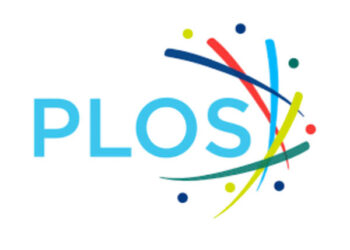My iPad2 is on its way (yes, I’m giving the iPad another try), so I haven’t had a chance to test this, but the roster of investors and the product description are both compelling. What is it? Inkling, a new app from a group in San Francisco.
Built by a former Apple educational products engineer, Inkling has attracted a lot of attention quickly. And if this seems a glowing review, please keep in mind a) I haven’t tried it, and b) I don’t know enough about the educational publishing space to see an obvious problem with their approach. I’m writing this to make others aware of it, and to begin a discussion.
Inkling investors include McGraw-Hill, Pearson, Sequoia Capital, Felicis Ventures, Kapor Capital, and Sherpalo Ventures. The appeal for these investors is easy to see — a game-changing device (the iPad), an innovative multimedia textbook platform, and a way to get rid of a portion of the used textbook market.
Currently, the Inkling app gets mixed reviews, with many citing a lack of content as a downside. With the recent addition of Pearson and McGraw-Hill, this may change. And, of course, as a recent PC World article says, digital textbooks are nothing new. Many attempts at digital textbooks have been made, from the Kindle DX platform to CourseSmart to ScrollMotion.
But Inkling’s investment friends are making people sit up and take notice. In a recent article in Fortune, Adam Lashinsky enumerates the benefits and possibilities as follows:
. . . a feature allows the student to “jump to” a specific page number if, say, the professor says to do so. Interactive elements are seamlessly woven into the educational experience. . . . While studying a graphic of the eyeball in Chapter 12 (on vision) in “Ganong’s Review of Medical Physiology,” a standard for medical students, the Inkling app allows the reader to use iPad’s multi-touch functions to zoom in and see every last capillary. . . . Inkling lets readers electronically highlight passages, which automatically are saved in the cloud. . . . It allows a professor to annotate a chapter, a kind of “director’s cut” version for students. . . . Inkling’s business model is revolutionary too. Students can buy single chapters of books for $3, allowing them to spread out the cost of expensive textbooks. Publishers will like this model as well because, if Inkling’s technology is widely adopted, the market for second-hand books will go away. Today, publishers only make money selling new books. In an Inkling future their revenue streams will recur with each new class.
This last part is what I’m sure has the publishers salivating. The textbook market is a $16-20 billion market. With a used book market flourishing, the value of that alone is billions of dollars itself, so investing a few million in something that can staunch a bit of the bleeding makes a lot of sense.
Inkling has posted a video demonstration for those interested:
It’s not clear whether Inkling will emerge as a major force or a major fizzle. But the company’s timing seems propitious, its technology chops are impressive, and it’s being backed by a strong group of partners. If it fizzles, some major market or timing blind spot will have been missed.
Discussion
6 Thoughts on "Inkling: Another Digital Textbook Approacheth, But This Time, It Has Friends"




